- Online car hire since 2005
Car hire Turkey
Save time and money. We compare the offers of car rental companies in Turkey on your behalf.
- Free cancellation Up to 48 hours prior to the scheduled pick up time
- Best price guarantee Have you found a better price? Let us know and we will make you a better offer.
- 24000+ pick-up locations Locations around the world
Car hire Turkey
EasyTerra Car Hire Turkey is an independent car hire comparison site. Our system compares prices from well-known car hire companies so as a customer you can always book your hire car through us at a competitive rate.
Car rental offers in Turkey
Whether you're looking for a small rental car or a station wagon for the entire family, we will always have a suitable vehicle for the lowest price. Below are some examples from our selection in Turkey.
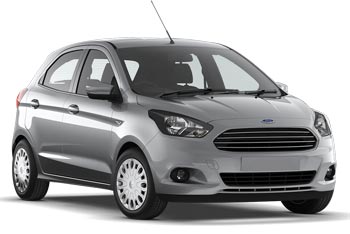
-
Europcar From£ 12 /day

-
Europcar From£ 12 /day
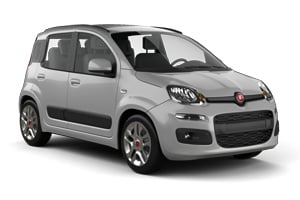
-
Autounion Car Rental From£ 13 /day -
Green Motion From£ 15 /day -
Pandora car hire From£ 16 /day

-
Autounion Car Rental From£ 13 /day -
Pandora car hire From£ 22 /day -
Europcar From£ 28 /day
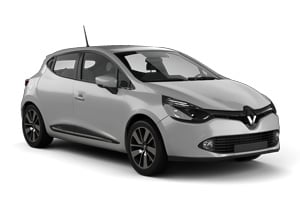
-
Circular car hire From£ 17 /day
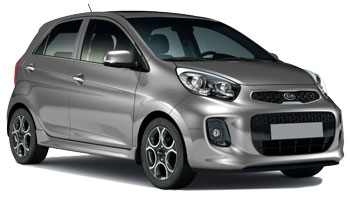
-
Circular car hire From£ 17 /day -
Green Motion From£ 18 /day -
Garenta From£ 20 /day

-
Circular car hire From£ 21 /day -
Green Motion From£ 26 /day -
Rent Go From£ 28 /day
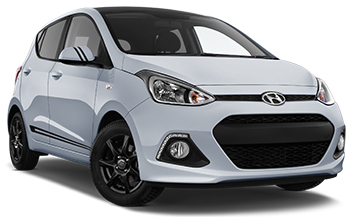
-
WINDYCAR From£ 17 /day -
Sixt From£ 21 /day -
Eren Rent A Car From£ 22 /day

-
Circular car hire From£ 22 /day
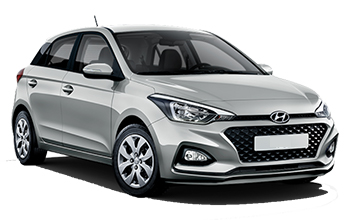
-
Right Cars From£ 5 /day -
Autounion Car Rental From£ 14 /day -
Autovia From£ 15 /day

-
Right Cars From£ 5 /day

-
Europcar From£ 14 /day -
Autounion Car Rental From£ 17 /day -
Enterprise From£ 19 /day

-
Goldcar From£ 6 /day -
Europcar From£ 14 /day -
Carwiz rent a car From£ 14 /day
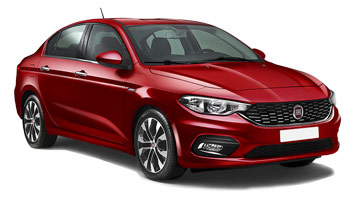
-
Europcar From£ 14 /day -
Autounion Car Rental From£ 18 /day -
Goldcar From£ 19 /day

-
Europcar From£ 14 /day -
Autounion Car Rental From£ 19 /day

-
Autounion Car Rental From£ 14 /day -
addCarRental From£ 17 /day -
Enterprise From£ 19 /day
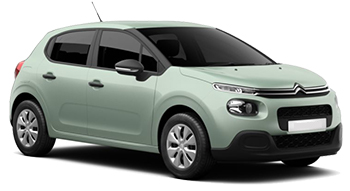
-
Autounion Car Rental From£ 14 /day -
Avec Rent a Car From£ 25 /day
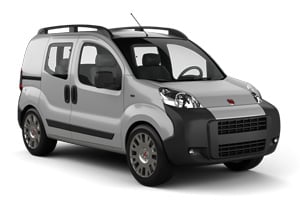
-
Autovia From£ 14 /day -
Circular car hire From£ 15 /day -
Garenta From£ 19 /day

-
Right Cars From£ 5 /day -
Pandora car hire From£ 18 /day
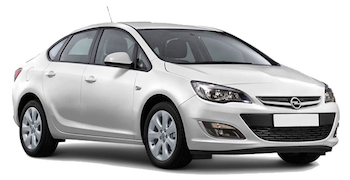
-
Right Cars From£ 5 /day -
SurPrice car rentals From£ 24 /day -
Enterprise From£ 65 /day
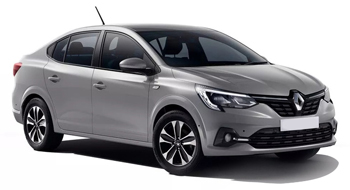
-
Europcar From£ 15 /day -
Autounion Car Rental From£ 22 /day -
addCarRental From£ 24 /day
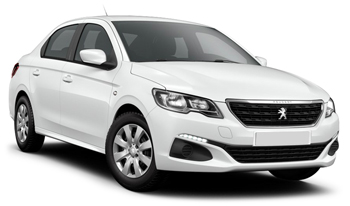
-
Right Cars From£ 5 /day -
Autounion Car Rental From£ 15 /day -
SurPrice car rentals From£ 17 /day
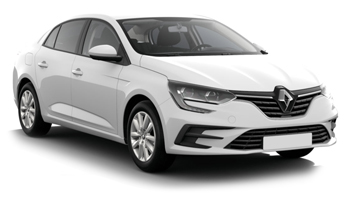
-
Goldcar From£ 7 /day -
Pandora car hire From£ 23 /day -
Garenta From£ 24 /day
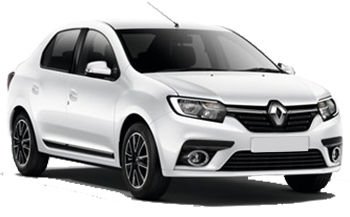
-
Autounion Car Rental From£ 17 /day -
Circular car hire From£ 19 /day -
Pandora car hire From£ 20 /day
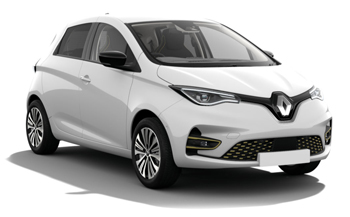
-
Carwiz rent a car From£ 12 /day

-
Carwiz rent a car From£ 13 /day -
Autovia From£ 15 /day -
Green Motion From£ 16 /day

-
Autounion Car Rental From£ 17 /day -
Green Motion From£ 23 /day -
Alamo From£ 33 /day
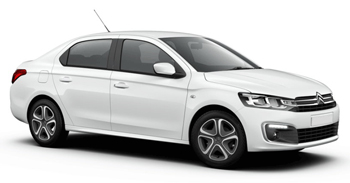
-
Autovia From£ 14 /day -
Carwiz rent a car From£ 16 /day -
Pandora car hire From£ 17 /day

-
Autovia From£ 15 /day -
WINDYCAR From£ 16 /day -
Autounion Car Rental From£ 17 /day
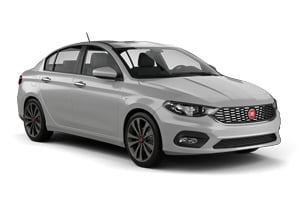
-
Autounion Car Rental From£ 18 /day -
Autovia From£ 19 /day -
Avec Rent a Car From£ 20 /day
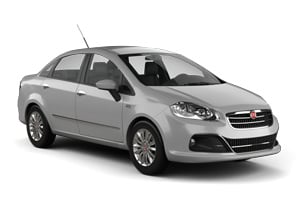
-
Autovia From£ 15 /day -
SurPrice car rentals From£ 17 /day
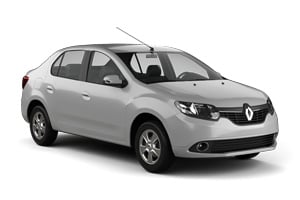
-
Autovia From£ 15 /day
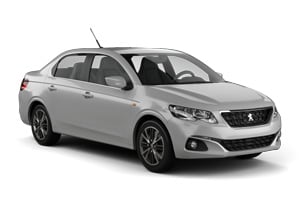
-
Circular car hire From£ 19 /day -
Autovia From£ 19 /day
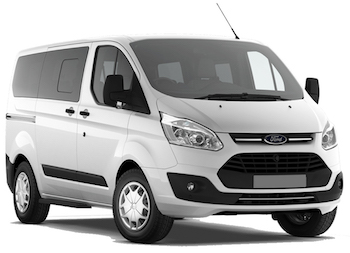
-
Autovia From£ 15 /day -
Green Motion From£ 18 /day -
Budget From£ 84 /day

-
Autovia From£ 15 /day -
Circular car hire From£ 16 /day -
Eren Rent A Car From£ 21 /day

-
Autovia From£ 19 /day -
Budget From£ 90 /day

-
Pandora car hire From£ 17 /day

-
Pandora car hire From£ 20 /day
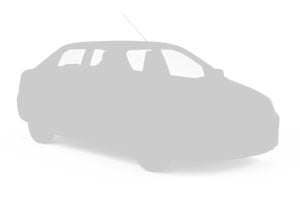
-
Goldcar From£ 23 /day
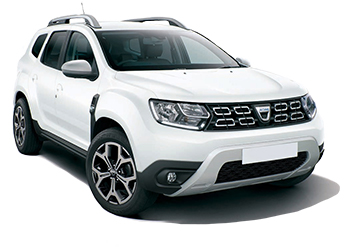
-
Autovia From£ 24 /day -
Alamo From£ 54 /day -
Enterprise From£ 61 /day
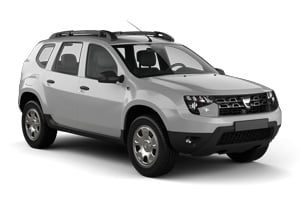
-
Autovia From£ 26 /day -
Enterprise From£ 53 /day

-
Goldcar From£ 24 /day
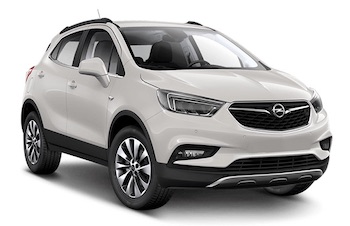
-
Goldcar From£ 24 /day -
Europcar From£ 42 /day -
Alamo From£ 48 /day

-
Circular car hire From£ 30 /day

-
Circular car hire From£ 25 /day

-
WINDYCAR From£ 24 /day

-
WINDYCAR From£ 24 /day -
Alamo From£ 45 /day -
Enterprise From£ 70 /day
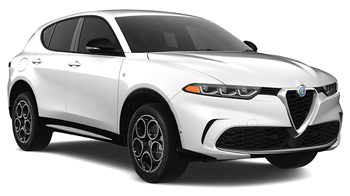
-
Autounion Car Rental From£ 37 /day
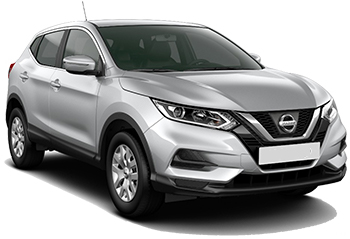
-
WINDYCAR From£ 25 /day
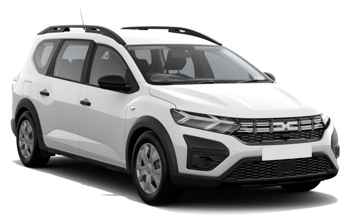
-
Garenta From£ 32 /day -
Pandora car hire From£ 34 /day
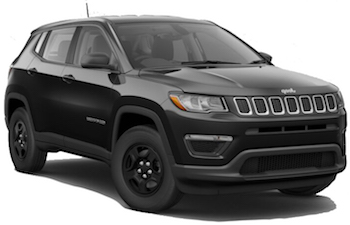
-
Autounion Car Rental From£ 38 /day
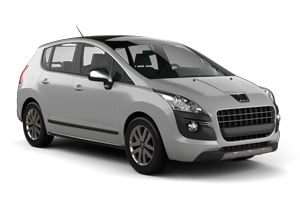
-
Garenta From£ 33 /day -
Avec Rent a Car From£ 40 /day -
Green Motion From£ 48 /day
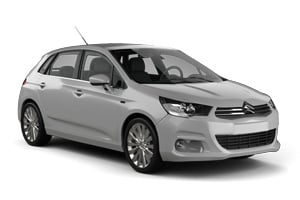
-
Garenta From£ 34 /day

-
Avec Rent a Car From£ 40 /day -
Green Motion From£ 55 /day
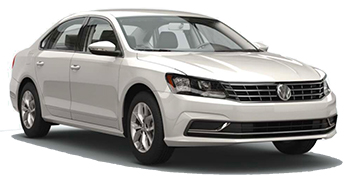
-
WINDYCAR From£ 42 /day -
Avec Rent a Car From£ 47 /day

-
Avec Rent a Car From£ 47 /day

-
Green Motion From£ 49 /day

-
Avec Rent a Car From£ 50 /day

-
Green Motion From£ 51 /day
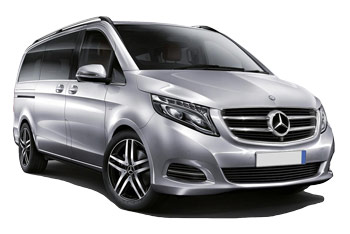
-
WINDYCAR From£ 52 /day -
Garenta From£ 87 /day -
Alamo From£ 103 /day
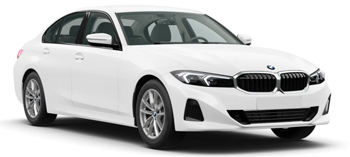
-
Enterprise From£ 55 /day -
Alamo From£ 67 /day -
Green Motion From£ 84 /day
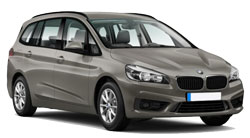
-
Green Motion From£ 52 /day -
Eren Rent A Car From£ 306 /day
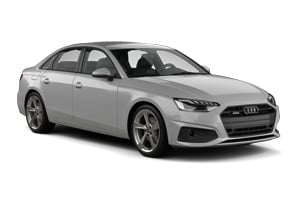
-
Garenta From£ 53 /day -
Avec Rent a Car From£ 109 /day

-
Right Cars From£ 5 /day -
Pandora car hire From£ 18 /day

-
Circular car hire From£ 15 /day -
Green Motion From£ 17 /day
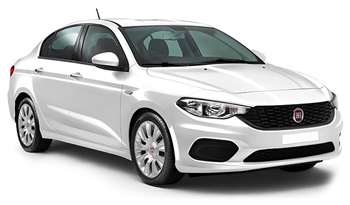
-
Autounion Car Rental From£ 19 /day
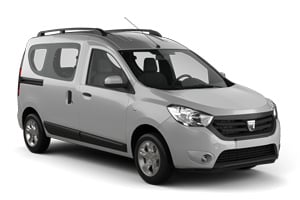
-
Autounion Car Rental From£ 17 /day

-
Autounion Car Rental From£ 18 /day -
Green Motion From£ 33 /day

-
Circular car hire From£ 19 /day -
Green Motion From£ 21 /day

-
Autounion Car Rental From£ 19 /day
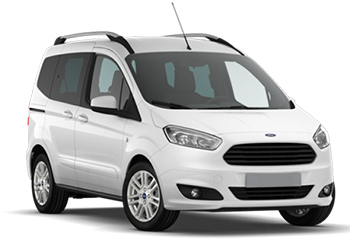
-
Pandora car hire From£ 23 /day
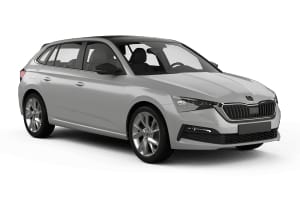
-
Green Motion From£ 22 /day

-
Autovia From£ 15 /day -
Eren Rent A Car From£ 37 /day -
Boycar Rent a Car From£ 58 /day

-
Autovia From£ 19 /day -
Rent Go From£ 37 /day -
Circular car hire From£ 80 /day
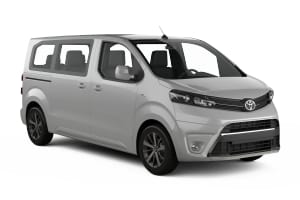
-
Sixt From£ 34 /day
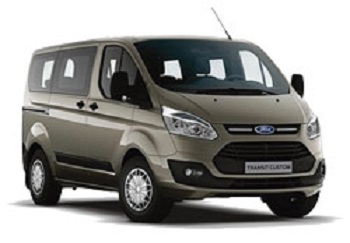
-
Autounion Car Rental From£ 40 /day -
Pandora car hire From£ 47 /day -
Europcar From£ 67 /day

-
Autounion Car Rental From£ 43 /day -
Pandora car hire From£ 57 /day -
Europcar From£ 68 /day

-
Garenta From£ 40 /day -
Europcar From£ 90 /day
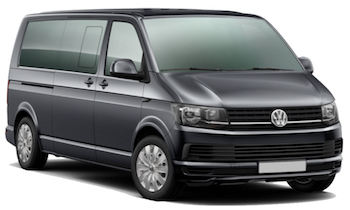
-
Avec Rent a Car From£ 55 /day -
Green Motion From£ 97 /day
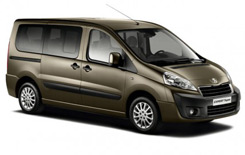
-
Pandora car hire From£ 51 /day -
Circular car hire From£ 52 /day

-
WINDYCAR From£ 52 /day -
addCarRental From£ 59 /day -
Garenta From£ 87 /day

-
Eren Rent A Car From£ 21 /day
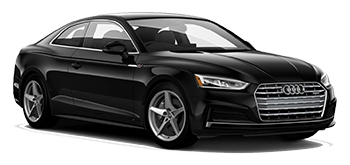
-
Avec Rent a Car From£ 188 /day

-
Autovia From£ 16 /day -
Garenta From£ 24 /day -
addCarRental From£ 24 /day
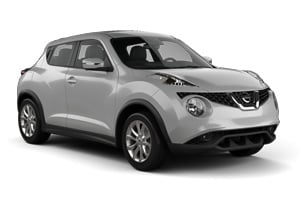
-
WINDYCAR From£ 19 /day -
Avec Rent a Car From£ 28 /day -
Alamo From£ 31 /day

-
Avec Rent a Car From£ 21 /day -
Autounion Car Rental From£ 25 /day -
Europcar From£ 31 /day

-
Carwiz rent a car From£ 19 /day -
Autounion Car Rental From£ 21 /day -
Avec Rent a Car From£ 22 /day
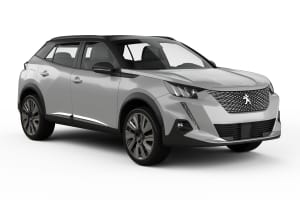
-
OK Mobility From£ 20 /day -
Pandora car hire From£ 22 /day -
Goldcar From£ 25 /day

-
Avec Rent a Car From£ 23 /day
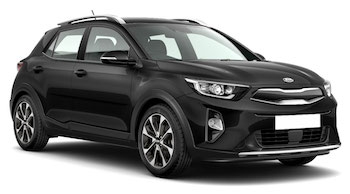
-
Carwiz rent a car From£ 22 /day -
Garenta From£ 24 /day -
Green Motion From£ 24 /day

-
Avec Rent a Car From£ 24 /day -
Alamo From£ 35 /day -
Enterprise From£ 37 /day
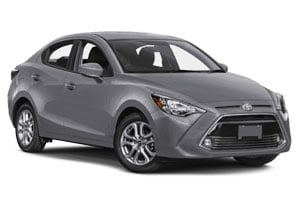
-
Carwiz rent a car From£ 23 /day

-
Carwiz rent a car From£ 12 /day -
Alamo From£ 34 /day -
Enterprise From£ 37 /day

-
Garenta From£ 26 /day

-
Enterprise From£ 46 /day -
Alamo From£ 49 /day

-
Garenta From£ 33 /day

-
Enterprise From£ 52 /day -
Alamo From£ 52 /day

-
Alamo From£ 47 /day

-
Alamo From£ 47 /day -
Enterprise From£ 60 /day

-
Alamo From£ 63 /day
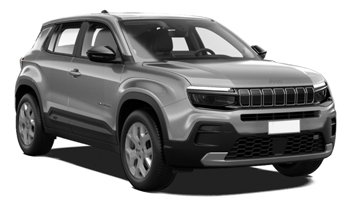
-
Budget From£ 51 /day
Popular cities in Turkey
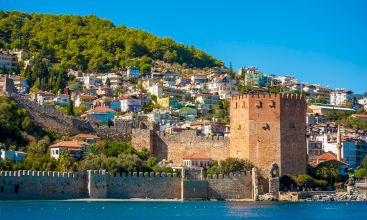
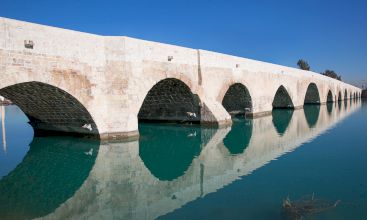
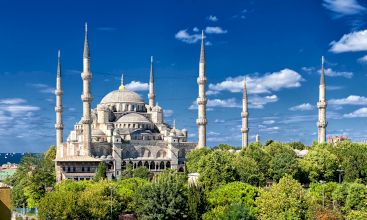
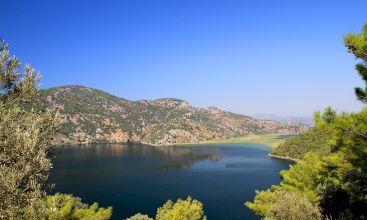
Useful tips for a well-prepared trip
Which insurance should I choose, and what's the deal with the deposit? Read our articles with useful information and tips to ensure you choose the right rental car for you.
When to book a rental car in Turkey
Car rental locations in Turkey
EasyTerra Car Hire compares rental car prices at the following destinations

Location information for Turkey
Turkey is best explored by rental car. EasyTerra Car Hire has over 33 pick-up locations in Turkey. This means there is always a pick-up location close to your destination.
Most popular car hire locations in Turkey
Introduction
At the crossroads of Europe and Asia lies the popular vacation spot Turkey with its capital of Ankara. The city has almost three million inhabitants and a still visible history which goes back till far beyond the Common Era. Ankara lies centrally in Turkey in contrast with the bigger city of Istanbul, which lies in the Western part of Turkey. Tourists are drawn to this town's enormously rich history and to the sunny beach resorts on the Mediterranean and Aegean Sea.
Turkey's culture is principally influenced by Islam, although the country is strictly speaking secular. Lovers of culture can plunge into the diverse society. In Izmir, Istanbul, Efeze and Bursa you will find the remaining treasures of antiquity and more recent history.
History
Turkey has a remarkably rich history. Anatolia, or Asia Minor, has been inhabited since the Neolithic period. The first great empire was established here in the eighteenth century BC. The empire of the Hittites persisted until the thirteenth century BC. Successively the Phrygians, Cimmerians, Lydia, Caria and Lycia ruled the area.
Around 1200 BC the Greek settled in present Turkey. They were driven away by the Persians in the sixth century. In 334 BC Alexander The Great conquered the empire. Anatolia was subsequently divided in separate Hellenistic kingdoms.
In the first century BC the whole area became part of the Roman Empire. The Roman emperor Constantine the Great renamed the capital Byzantium 'New Rome'. Later, this city would also be named Constantinople and Istanbul. Constantine I is known to be the first Christian emperor of the Roman Empire. After 312, during the Battle at the Malvius, he converted to the new religion.
Around 400 CE, the Western Roman Empire declined. Anatolia joined the Eastern Roman Empire, also known as Byzantium with Constantinople as its capital.
In 1071 the Turkish Seljuq defeated the Byzantine emperor Romanus IV. The Seljuq came from Central Asia to Anatolia. They were Muslim and founded their Seljuq Sultanate. The empire took up parts of Central-Asia, Iran, Anatolia and the Middle East.
In 1243 the Mongols defeated the Seljuq. Gradually the empire declined. Osman I seized this opportunity to found an Ottoman dynasty in the fourteenth century. More than six centuries of history are ruled by the Ottoman Empire. In the sixteenth and seventeenth centuries it was among the mightiest powers in the world. Steadily, the Ottomans expanded their empire towards Central Europe. The Ottoman Empire stretched out over three continents en controlled large parts of South-East Europe, the Middle East and North Africa.
In the First World War the already declined empire sided with the Germans. The War was lost and the Ottoman Empire collapsed.
During and still after World War I, the Armenian, Greek and Assyrian inhabitants of the Ottoman Empire were forced to relocate themselves. Many Armenians lost their lives in this process. Until now, the dispute on whether or not this was genocide by the Turks, is ongoing.
Two years after the war ended, the Treaty of Sèvres was signed. The Ottomans were forced by the Allies to hand over large parts of their empire. Armenia became independent and the Ottomans lost Syria, present day Lebanon, Iraq, Palestine, Thracia, Smyrna and the Sea of Marmara.
From that time onwards, the Allied forces occupied Istanbul and Izmir. This ignited a wave of resistance among the Turks. Nationalism flared under the leadership of Mustafa Kemal Pasha. He would become known as Ataturk (the Father of the Turks). The Turkish War of independence was waged. The aim of the war was to reclaim the areas that had been handed over at the Treaty of Sèvres.
In 1923 Mustafa Kemal signed the Treaty of Lausanne and founded the new Republic of Turkey. The policy he pursued was named 'Kemalism'. It was his intention to modernize Turkey. The caliphate was abolished, the state became secular and the Arabic writing was turned into Latin. Far-reaching adjustments were demanded of the people who were, for example, forced to carry modern instead of traditional clothing. Also, women were not allowed any more to wear a headscarf in public places.
During World War II Turkey remained neutral. In 1945 it declared, more or less symbolic, war to Germany.
In 1952 Turkey entered the NATO. In 1974 Turkey invaded Cyprus. The Turkish Republic of Northern Cyprus was founded on the northern part of the island. Until today, Turkey is the only country that recognizes this republic.
Between 1960 and 1990, Turkey knew a period of political instability. The years 1960, 1971 and 1980 were marked by military coups. In 1997 a so-called postmodern coup was committed.
From 1980 onwards, the Kurds in East-Turkey struggled to get an independent state. The PKK, the Kurdish rebel forces, fought for years until their leader Öcalan got arrested. In 2002 the Kurds abandoned their battle. Pressure from the EU led to an increase of rights for the Kurdish minority.
Since 2003 the Justice and Development Party (AKP) is in power. This party sees religion as one of the foundations of society. The army and the bureaucracy in Turkey are suspicious of the party, because it originates from the forbidden Islamic foundation Milli Görüs.
Society and culture
Turkey has more than 71 million inhabitants. Three-quarters of the population is Turkish. Slightly more than twenty percent of the population is Kurdish. The other five percent consists of Adygs and Laz people (Caucasian peoples), Arabs, Syrians and Armenians.
The largest religion of the country is Islam, though Turkey does not have a state religion. Nearly all Turks are Muslim. Most of them are Sunnites. Approximately one fifth of the Muslims is Alevis and is therefore part of the moderate religious-cultural movement of the Shi'i Islam. Especially in rural areas the social relationships are determined by Islam and tradition. There, but also in the city, the worlds of men and women are strictly separated.
Other religious minorities in Turkey are the Christians, the Greek-orthodox, the Armenian orthodox and the Jews.
Turkish is the official language of the country. Besides Turkish, one fifth of the population speaks Kurdish. Other languages used in Turkey are Arabic, Armenian and the language of the Laz people.
Political situation
The Turkish parliament consists of one chamber, the Grand National Assembly. In this assembly 550 members are seated for a period of five years.
Since 1982 the president of Turkey is chosen for a period of seven years. The president does not only have a ceremonial role. He is the one who assigns the ministers and judges of the country. Apart from this, he is the head of the National Security Council. The present president of Turkey is Abdullah Gül. He occupies this position since 2007. Gül is a member of the AKP, the Justice and Development Party. The explicit Islamic president is somewhat controversial, because secular Turks are afraid that this will jeopardize the separation between church and state.
Since long, Turkey tries to enter the European Union. The negotiations were resumed in 2005.
Economy
Since 2001 considerable economic changes were implemented with help from the International Monetary Fund and under the expert guidance of minister Kemal Dervis. In 2003, the Turkish government accepted new laws which led to further developments in foreign investments among others. Besides this, many state-owned companies were denationalized.
Tourism is one of the most important economic sectors in Turkey. Some of the other sources of income are banking, the iron and steel industry and oil refinery.
In Turkey one pays with the New Turkish Lira.
Geography and climate
Turkey takes up 783,562 square kilometers. The nation is divided into 81 provinces with their own districts. In the west, Turkey borders on Greece and Bulgaria. Clockwise, we then find the Black Sea, Georgia, Armenia, a small piece of Azerbaijan, Iran, Iraq, Syria, the Mediterranean and the Aegean Sea. The Bosporus separates Turkey's European west from the Asian east. Apart from this, the Bosporus forms the strait between the Sea of Marmara and the Black Sea. The Sea of Marmara flows in the West into the Dardanelles, which are the connection to the Mediterranean Sea.
The European part of Turkey consists mainly of marshes.
The eastern, Asian part of Turkey goes under the name of Anatolia. It consists mainly of a high plateau which varies in height between 2,000 and 2,500 meters. The area is surrounded by mountain ranges with some peaks reaching over 3,000 meters. At the plateau you will find salt steppes, salt tiles and salt swamps. The in water dissolved salt eventually flows to Tuz Gölü, a salt lake of 1,650 square kilometers.
Western Turkey consists of a partly wooded hilly landscape, which changes into mountains. Through this area, many small rivers and one big river flow. The Menderes floes through southwest Anatolia and eventually ends in the Aegean Sea. The biggest river of Turkey is Kizil Irmak, the Red River.
In the west, near the city of Denizli, lie the limestone terraces of Pamukkale. The fairy-like scene is justly called the 'castle of cotton'. Limestone forms a deposit in the soil and creates white, petrified waterfalls. The natural beauty has become a tourist attraction over the years.
In the east, on the border with Armenia, lies Mount Ararat. With its 5,156 meters it is the highest mountain in the country. Mount Ararat is famous for being the mountain on which Noah stranded with his Ark after the Flood. The peaks are covered in snow and conceal the volcanic nature of the mountain.
The eastern part of Turkey and Central Anatolia have a pure continental climate. The summers are arid and hot, the winters often extremely cold. Thick layers of snow fall from the sky in winter. The more one travels south, the dryer it gets. At some places the climate seems to be desert-like. More into the direction of the Mediterranean Sea, we will find a Mediterranean climate. The summers are hot and the winters are mild. Most rain- and snowfall occurs in winter. The areas along the Black Sea are characterized by a warm maritime climate.
Traffic and infrastructure
Within the built-up area, the maximum speed is 50 km/h. Outside the built-up area one may drive 90 km/h and on freeways 120 km/h. The roads in Turkey are in a reasonable state, though roads in more rural areas may have holes in them. Turkey's main freeway runs from Erdine to Ankara. Generally speaking, roads in Turkey are not very crowded. Turkish cities though, are very busy and chaotic. Driving in cities is not recommended for people not used to it.
Traveling by bus in Turkey is not only inexpensive, but also comfortable. Buses connect all cities and villages. Besides this, they are fast. It is also possible to travel internationally by bus from and to Turkey. From cities such as Frankfurt, Vienna and Thessaloniki one can travel to Istanbul.
From Istanbul cities such as Budapest, Bucharest, Belgrade and Sofia, can be reached by train. Trains are generally slower than buses.
Istanbul, Ankara, Izmir and several bathing resorts on the Mediterranean Sea, all have airports. From Istanbul Ataturk Airport there are many flights to a lot of European cities, New York, North Africa, the Middle East and Asia. Domestic flights to most of the larger cities are attended to by Turkish Airlines. Tourists who want to start their beach holiday immediately on arrival, can fly for example to Bodrum Airport, Antalya Airport or Izmir Airport.
Food and drink
The traditional Turkish dishes are mainly influenced by the Ottoman kitchen, apparent by the combination of several types of fruit with meat. Over time, influences from areas such as Iran, Iraq, Egypt and the Balkans have ended up in Turkish food. At the same time, Turkey's culinary spectrum inspires the Middle East, the Balkans and Western Europe. Turkish food is diverse. The country is large and the variety in dishes too.
A typical Turkish breakfast consists of cheese, butter, olives, eggs, tomatoes, cucumbers, green peppers, jam and honey. A roasted mix of salty ingredients is called menemen, a common breakfast. It can be eaten with a variety of Turkish breads. People usually drink black tea at breakfast.
Around the Black Sea a lot of wheat and anchovy is used in the food. From the south-east of Turkey stem the famous kebab and blaklava. Kebab is a spicy role of minced meat, grilled on a stick. Mostly, kebabs are made of lamb or beef. In the areas around the Aegean Sea, the Mediterranean Sea and the Sea of Marmara, the dishes have a Mediterranean character. Fish, spices and crisp vegetables are standard elements of this diet. Specialties such as kashek, manti and gözleme originate from Central Anatolia. Kashek is a dish shared by Turkish and Armenian cuisine. This stew is made of barley and meat. A manti is a dumpling, filled with lamb or beef. This delicacy is known in many countries in Central Asia. The typical Turkish variant distinguishes itself by the yoghurt on top of the dumpling with garlic and red pepper. Yoghurt is a cherished side dish in or addition to the entire Turkish cuisine. To make gözleme, one fills dough with minced meat, spinach, feta, mushrooms, egg, potato, or a combination of two of these ingredients.
In Turkey, just like in many other countries who once fell under Ottoman reign, baklava is still eaten today as a dessert or pastry. Baklava is made of several layers of phyllo dough, filled with chopped nuts, drenched in syrup or honey. Gaziantep is known to be the cradle of this sweet. One can still taste the delicious baklava here.
Eggplant is one of the most used vegetables in the Turkish kitchen. Not only dishes with meat, but also jams are enriched with eggplant. Meat dishes usually never contain pork as the Islam forbids eating this meat.
Turks drink tea during the day, from the typical small glasses. Besides tea, Turkish coffee is famous. It is strong and therefore usually taken with a lot of sugar.
The well-known drink of Turkey is raki. This aniseed liquor is mixed with water and becomes milky white.
For centuries, people produce wine in Turkey. Since tourism became an important source of income, the production of wine was revived. Important wine regions are close to the coastal areas, in Central Anatolia and in the East. Most wines are not being exported.
Time zone
The time in Turkey is GMT/UTC +2. In summer the clock is put forwards to GMT/UTC +3.
Accommodation
In Turkey there are many hotels. Especially in popular beach resorts such as Antalya, Alanya and Bodrum one can find an abundance of accommodation. Luxury and comfort are there in plenty.
Besides hotels, one may choose to spend the night in guesthouses. Most are comfortable and clean.
In many of the larger cities and other tourist towns hostels can be found.
Those who want to camp cannot easily find a spot. There are not many camp sites, though often it is permitted to camp next to the hotels. In the south along the coastline, in Cappadocia and Istanbul, one can find a few camp sites. Often, the sanitary facilities leave much to be desired.
External sources
For more information about Turkey, we recommend Google and the following sources:
Practical information
-
CurrencyTurkish lira
-
Driving directionRight
-
City speed limit50 km/h
-
Freeway speed limit110 km/h
-
LanguageTurkish
-
Popular car categoryEconomy
What most people want to know
The following questions and answers are a selection of the most popular questions. If you do not find the answer to your question, have a look at the Frequently Asked Questions page or contact us.
- Enterprise
- Garenta
- Avis
- Avec Rent a Car
- Sixt
- Hertz
- Exer Rent A Car
- Alamo
- Autounion Car Rental
- WINDYCAR
- addCarRental
- wheego
- Europcar
- Autovia
- OK Mobility
- Abbycar
- Green Motion
- Global Rent a Car
- InterRent
- Circular car hire
- Goldcar
- Carwiz rent a car
- SurPrice car rentals
- ACE Rent A Car
- Pandora car hire
- Budget
- Boycar Rent a Car
- Rent Go
- Car Net
- Right Cars
- OtoQ
- Eren Rent A Car
- Avec Car Rentals
- Aytucar
- Way Rent a Car
- Green Rent a car
- Dollar Rent a Car
- Thrifty
- National Car Rental
- NÜ Car Rentals
- Eternal Rental
- Nextcar
- Keddy By Europcar
- Goldcar Key'n Go
- Routes
- Street Rent a Car
- United rent a car
- Ecovia Rent